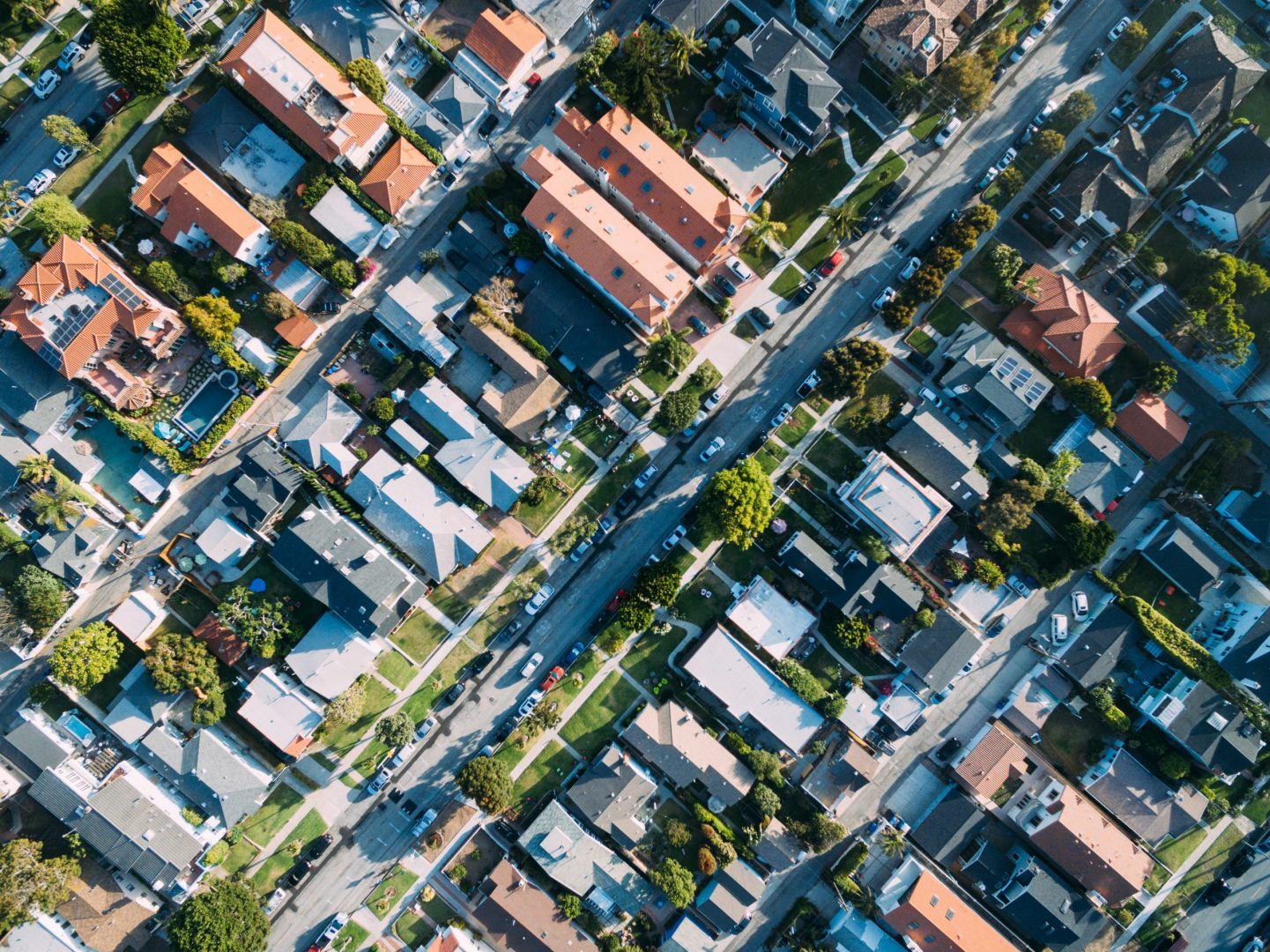The recent upgrade of Cameron Road, stretching from Harington Street to 17th Avenue, has been well-received by the local community. The upgrade includes the addition of two traffic lanes in each direction, more pedestrian crossings, and a new two-way cycleway.
Kelvin Hill, the Council’s manager of transport infrastructure outcomes, has reported positive feedback from the community, especially regarding the new cycleway. He encourages everyone to come and see the improvements for themselves.
The upgrade also allowed for the replacement of century-old water pipes under the road. This will benefit the growing population on the Te Papa peninsula.
Retired couple Andrew and Pam Thorpe, who are avid cyclists, are particularly pleased with the new cycleway. They use it for both recreational cycling and commuting to the city centre. Andrew joked that they would even use it for grocery shopping if they could figure out how to bring their groceries home.
The couple also appreciates the new planting and the spacious feel of the upgraded Cameron Road. They have found that drivers are generally considerate of cyclists at intersections, often giving way to let them pass.
However, there are some challenges with the shared paths where cyclists, pedestrians, and bus users share the same space. Andrew notes that some pedestrians are not used to sharing space with cyclists, but believes everyone will eventually get used to it.
For tips on using the new cycleway, visit www.tauranga.govt.nz/cameronroad.


















































-360x245.jpg)











